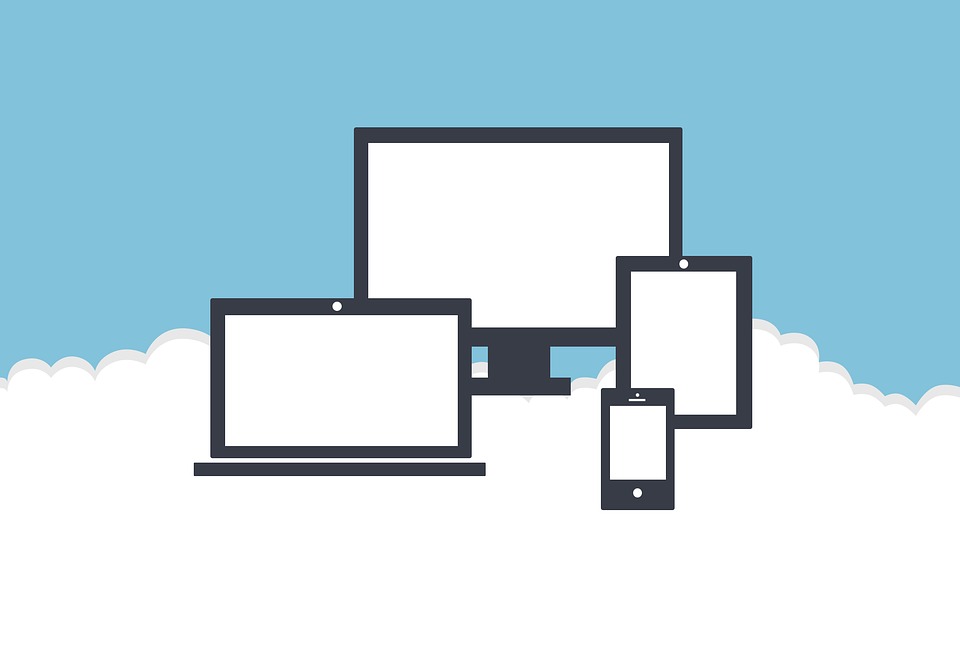Featured
Edge computing brings IT home
Edge computing is an IT architecture designed to put applications and data closer to the users or ‘things’ that need them. Whereas cloud computing drove the creation of mega data centres, edge computing brings distributed IT, with an exponential number of micro data centres.
“Edge computing deployments require the same level of reliability and performance as large data centres,” says George Senzere, solutions engineering manager at Schneider Electric South Africa.
“Edge’s value proposition is to manage data at the local site, sending only what is necessary to the central systems. Instead of transferring all data generated, edge systems can prune the streams down to the necessary. In more advanced use cases, the edge systems can extend the capabilities of business applications to the remote servers.”
“Thanks to inexpensive and scalable IoT systems, gathering data from anything – trucks on a mine, queuing systems at a bank, pipelines on a site – is not just conceivable, but critical. From predictive maintenance to planning future capacity, there is strategic value in this data,” says Senzere.
“Digital twin technology is a hint of where digital technologies, combined with IoT, can take us. A digital twin is the virtual doppelganger of a real-world system, such as an aircraft engine. Data is fed from the actual system to the digital version, which can create rich insights that even mirror complex engineering. Engineers can inspect the engine and make predictions around maintenance without stripping it. Capturing data is becoming easier and today you can monitor a bridge, crops, even the freshness of milk shipped to a store. Many possibilities are locked in the data we can harvest today,” he said.
“Digital systems are enabling us to watch how a process behaves and performs without needing to be close to it. The edge offers more insight without interference and ends the challenges of enforcing oversight from afar. There is much to be gained by embracing the edge.”
“Edge computing moves computational and storage capabilities from larger central data centres to near or on the sites where the initial data is being generated. Today, it is very affordable to deploy micro data centres or small server rooms, thanks to turnkey infrastructure and connectivity solutions that scale as demand does.”
“Infrastructure for digital systems is becoming commoditised,” said Senzere. “You can deploy the underlying support for a data centre – cooling, power and connectivity – with little fuss. The primary differentiator is not the hardware, but how it is brought together and configured. As companies often plan multiple edge data centre deployments, it is important to ensure that they are standardised, repeatable and rapid. Therefore, the right solution – we call EcoStruxure – makes deployment of edge computing very practical. We have become the standard in a number of our markets, and we want to power the digital economy in Africa.”
Share
- Click to share on Twitter (Opens in new window)
- Click to share on Facebook (Opens in new window)
- Click to share on LinkedIn (Opens in new window)
- Click to email a link to a friend (Opens in new window)
- Click to share on Reddit (Opens in new window)
- Click to share on WhatsApp (Opens in new window)
- Click to share on Pinterest (Opens in new window)
| Thank you for Signing Up |















